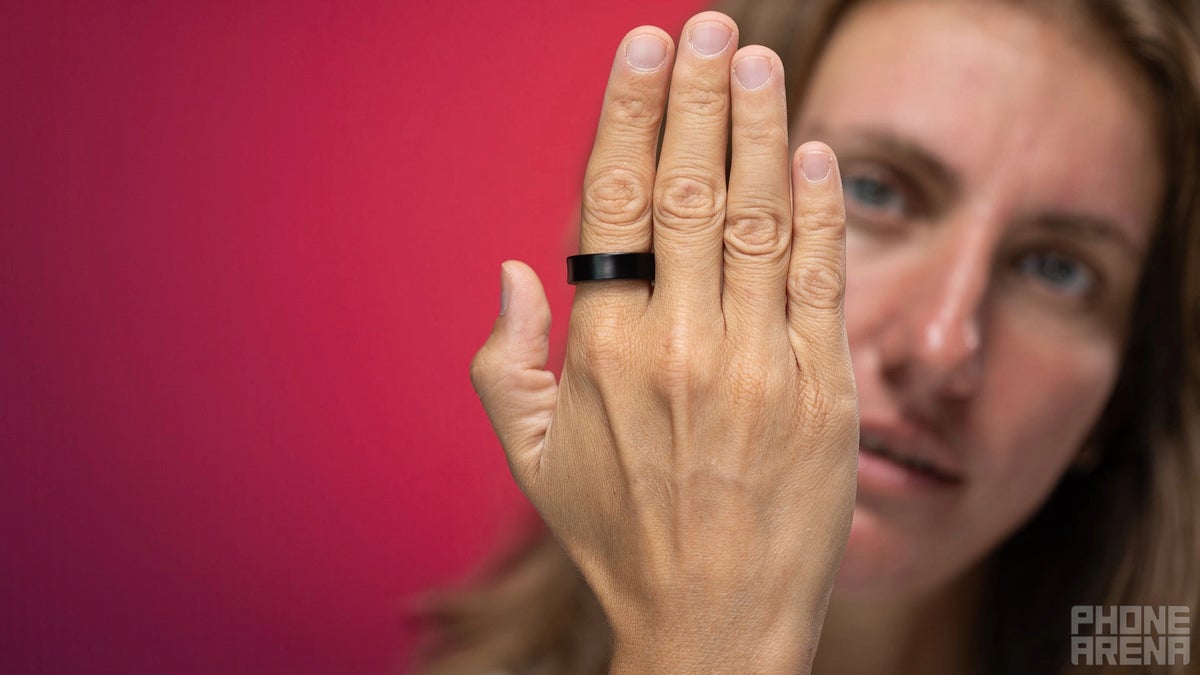Turns out, the Galaxy Ring is more of a “use it and lose it” deal. You can’t fix it without breaking it beyond repair, thanks to its lithium-ion battery. Honestly, this has me pretty bummed out and questioning if I should even bother getting the smart ring (and I’ve wanted one for a while). Plus, I can’t help but think that if Samsung doesn’t change the Galaxy Ring design and make it repairable, its future is pretty much doomed. Why? Let’s find out.
The unrepairable Galaxy Ring
I am a big fan of rings and have all sorts of them, but the smart ring still hasn’t made it into my collection – and probably won’t, especially in its current state. Why? Because the Galaxy Ring, like all smart rings, comes with a major downside: It is completely disposable. The reason? Lithium-ion batteries.
Lithium-ion batteries have a limited lifespan. It is tough to say exactly how long they will last, but generally, consumer-grade batteries should give you around 400 cycles. That is 400 times of fully charging and then draining the battery. After that, the battery is pretty much done for.
So, what happens when the battery in your smart ring dies? You throw the whole thing away because once the battery is dead, you can’t replace it without destroying the ring itself.
In other words, the Galaxy Ring is a throwaway gadget that is destined to end up contributing to our ever-growing e-waste problem. E-waste is a huge global issue, thanks to the rapid pace of tech upgrades and our consumption habits. When e-waste isn’t disposed of properly, it can lead to serious environmental and health risks.
And speaking of e-waste, if Samsung wants to keep making smart rings, it might need to rethink its approach. Starting in 2027, the company could run into some serious issues in the European market if it doesn’t make some changes.
EU’s Right to Repair law kicks in by 2027
Last year, the EU Parliament passed a law that will require smartphone owners to be able to remove and replace their phone batteries themselves. No more glue holding those batteries in place.
However, it is not just smartphones that are affected. Basically, the new law sets rules for the design, production, and waste management of all types of batteries sold in the EU and mandates that portable batteries must be designed so consumers can easily remove and replace them.
This is why, for example, Apple is already testing ways to make iPhone batteries easier for users to replace on their own.
Even though the law doesn’t specifically mention smart rings, I can bet they will be impacted, too. The smart ring market is still niche, but with tech giants like Samsung stepping in – and rumors of Apple developing its own smart ring – it is about to grow. If these devices remain disposable, they will add to the e-waste problem.
So, manufacturers like Oura – the current leader in the market whose smart rings are also non-repairable – and Samsung need to start considering how to make their devices repairable if they want to keep selling them in the EU.
Is there a solution?
I think so. Increasing investments in research and development to create more sustainable and repairable tech products could be a key step toward finding the right balance between durability, sleek design, and repairability.
Also, if the technology isn’t quite there yet, we should at least discuss the concept of extended producer responsibility (EPR) more often. This approach makes manufacturers accountable for the entire lifecycle of their products, including recycling and disposal.
Meanwhile, Samsung could add the Galaxy Ring to its Trade-In program. That way, customers won’t feel as frustrated when their $399 smart ring dies after a couple of years – they could get a discount on a new one. Samsung could also recycle materials from old rings to help manage e-waste. However, this might be a temporary fix only until the EU law takes effect.









